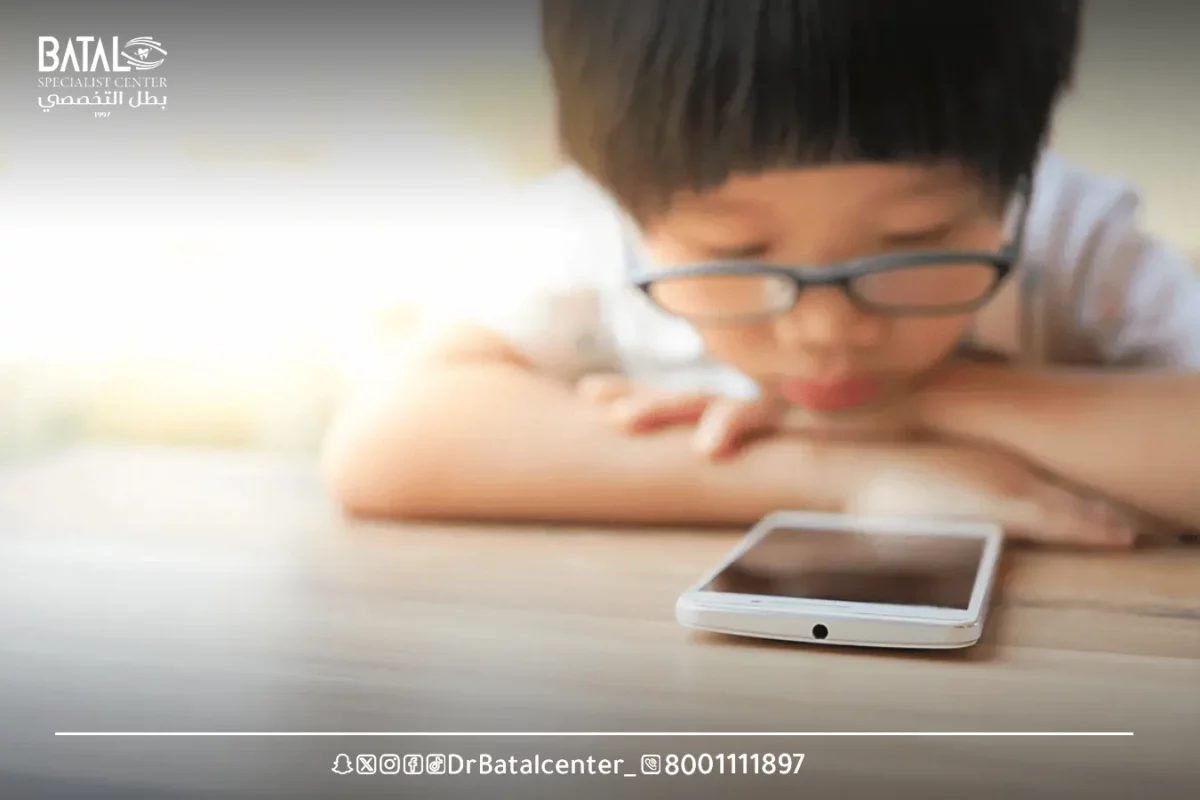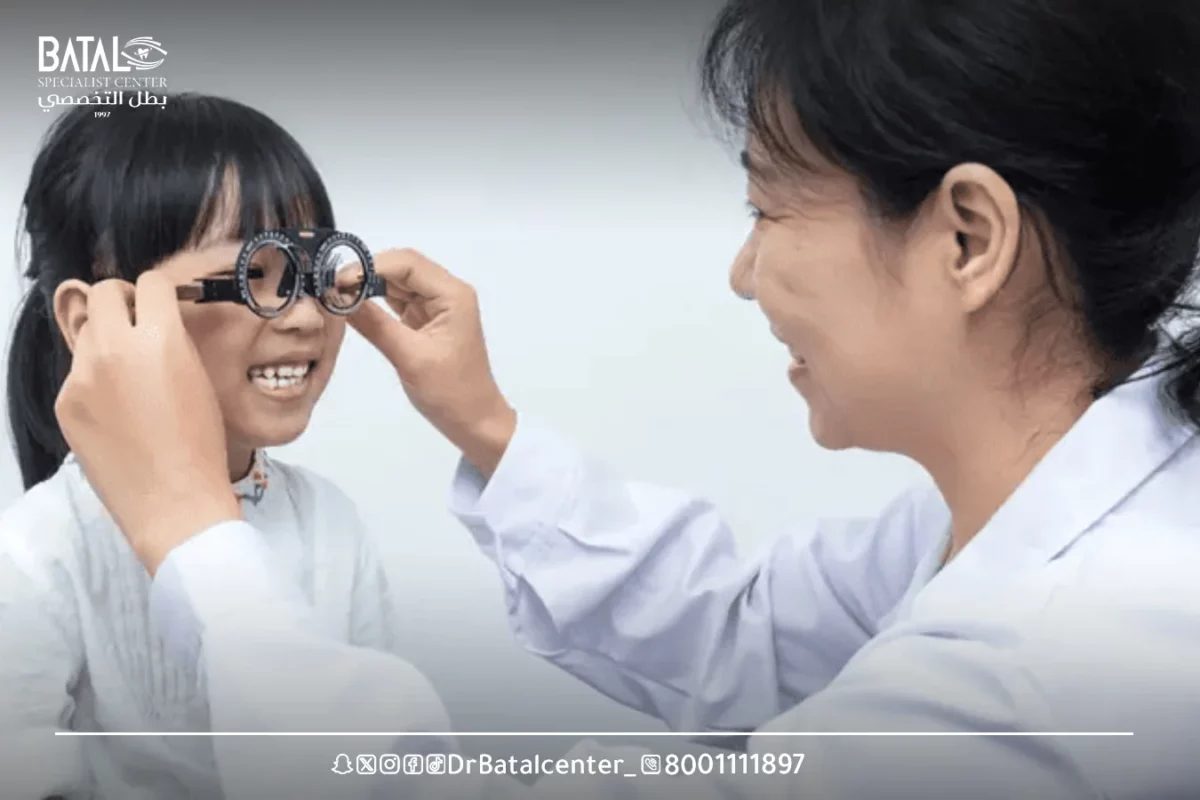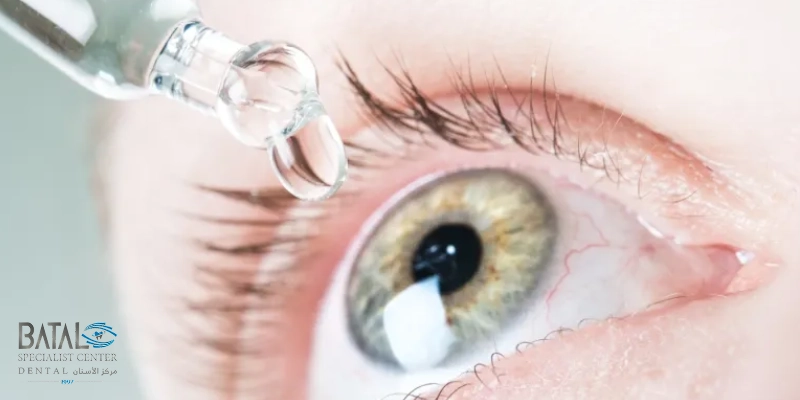Med info
Myopia in children: symptoms, causes, and modern treatment methods

What is myopia in children?
If your child stares into his eyes, complains of headaches, or has difficulty concentrating at school, he or she may have myopia in children, a long-range blurry vision that usually begins between the ages of 6 and 14.
Myopia is common, affecting approximately 5 percent of preschool children and 9 percent of school-age children, and occurs when the image the eye sees is focused before it reaches the retina, causing the image to go out of focus and appear blurry.
Fortunately, if you know the symptoms and risk factors, you may be able to control your child’s myopia.
Symptoms and early signs of myopia in children
Myopia is usually observed in children between the ages of 9 or 10 years. It may be detected if your child cannot read the blackboard from the back of the room, but can see, write and read without a problem.
Other signs and symptoms of myopia in children may include:
- Headache.
- Nausea after reading.
- He holds books close to his face.
- He writes with his head very close to the table.
- Sitting too close to the TV.
- Staring when looking at distant objects.
- Carry books, toys, or other objects closer to their faces than usual.
- Close their eyes or blink often.
- They have difficulty reading words on the blackboard at school.

Treatment of myopia in children
If your child has myopia, it is important to treat the condition and prevent it from getting worse. This will include eyeglasses, medications, and good eye habits.
You should also check your child’s eyes regularly, especially if there is a family history of myopia or other eye diseases, so that the doctor can monitor his progress, detect problems early, and recommend appropriate treatment to prevent them from getting worse:

glasses
Eyeglasses are the most common way to treat and manage myopia, and using specialized tools to measure the level of refractive error, an accurate prescription will refocus the light rays entering the eye so that the image is properly focused on the retina.
Batal Vision prides itself on offering a fantastic range of glasses, frames and contact lenses for the whole family. In our office at Batal Vision you will be provided with eyewear options that can complement anyone’s sense of style, whether classic, elegant, trendy, modern or anything in between!
Contact lenses
Multifocal contact lenses have also been evaluated to slow the increase in myopia.In Champion Vision, different types of multifocal contact lenses can be prescribed to try to slow the increase in myopia, and are obtained when an ophthalmologist at Champion Specialized Complex in Jeddah prescribes.
However, risks associated with wearing contact lenses include corneal abrasions, ulcers, infections, and scarring that can lead to permanent vision loss
Surgical treatment and modern technologies at Batal Complex in Jeddah
Vision correction surgery (such as laser eye surgery) is generally not recommended in children, because their eyes continue to develop into early adulthood. Instead, special multifocal lenses (glasses or contact lenses) have been found to slow the progression of the condition, as is the case with the corneal reshaping contact lenses offered by Vision Champion, and when your child’s eyes generally stabilize after the age of 18, at which time laser eye surgery may be considered to correct vision.
You may be interested in: Types of vision correction surgeries: and contact lenses
Eye drop therapy
While eye drop therapy does not prevent the development of myopia, several studies have shown its effectiveness in controlling the condition. Currently, atropine is only used in eye drops at concentrations as low as 0.01%, so it does not cause side effects such as photophobia. Eye drops are usually used daily for two years, and if the condition stabilizes by then, the medication can be stopped for a year with regular follow-up with an ophthalmologist to monitor reflux.

Causes of myopia in children
Myopia can develop gradually or rapidly, due to one of several reasons, including:
Genetic factors
The tendency to develop myopia is a genetic trait, so a child born to parents with myopia is naturally more likely to develop it. In some cases, myopia can develop gradually from an early age and stabilize in adulthood.
Spending a lot of time on close-range activities
When we perform tasks that require close vision, such as reading or using our smartphones, there is too much focus on the center of the eye, while peripheral vision is unfocused. Long periods of performing these tasks can lead to myopia. This is why it is recommended to take breaks after 30 to 40 minutes of close work to look at distant objects. This helps with eye fatigue and dry eyes.
Not getting enough sunlight
Based on studies and observations, greater exposure to natural light is important in helping children avoid developing myopia, or slow its development.
Doctors at Batal Specialized Complex in Jeddah recommend that parents encourage their children to engage in outdoor activities such as riding a bike or exercising, to help children be more exposed to ambient light.

Degrees of myopia in children
When it comes to myopia in children, it is important to note that the degree of myopia can vary between individuals. However, here are general classifications of myopia in children based on the degree of refractive error:
Mild myopia in children
Mild myopia is usually defined as a refractive error between -0.25 and -3.00 diopters. Children with mild myopia may experience slight blurring when looking at distant objects, but their near vision is usually clear. Mild myopia may not require corrective lenses, but regular eye exams are recommended to monitor any changes in visual acuity.
Moderate myopia in children
Moderate myopia is characterized by a refractive error between -3.25 and -6.00 diopters. Children with moderate myopia often experience greater blurring when seeing objects from a distance. They may need corrective lenses, such as glasses or contact lenses, to improve remote vision.
Severe myopia in children
Severe myopia, also known as high myopia, indicates a refractive error greater than -6.00 diopters. Children with severe myopia usually have great difficulties seeing distant objects clearly. Severe myopia can increase the risk of certain eye diseases, such as retinal detachment, glaucoma, and myopic maculopathy. Regular eye exams and proper management by an eye care professional are crucial for children with severe myopia.
Get ready to protect your child’s eyesight with the experts of the specialized Batal
At Batal Specialized Eye Complex, we care about your child’s eye health from the early stages of development, through careful examinations and early diagnosis under the supervision of pediatric eye consultants and vision correction.
We offer the latest treatment solutions for myopia in children, including specialized lenses, safe atropine drops, and regular follow-up to maintain normal and safe vision development.
Book an examination appointment for your child today at Batal Specialized Complex in Jeddah, and give your little one a clearer vision and a healthy visual future starting now.



